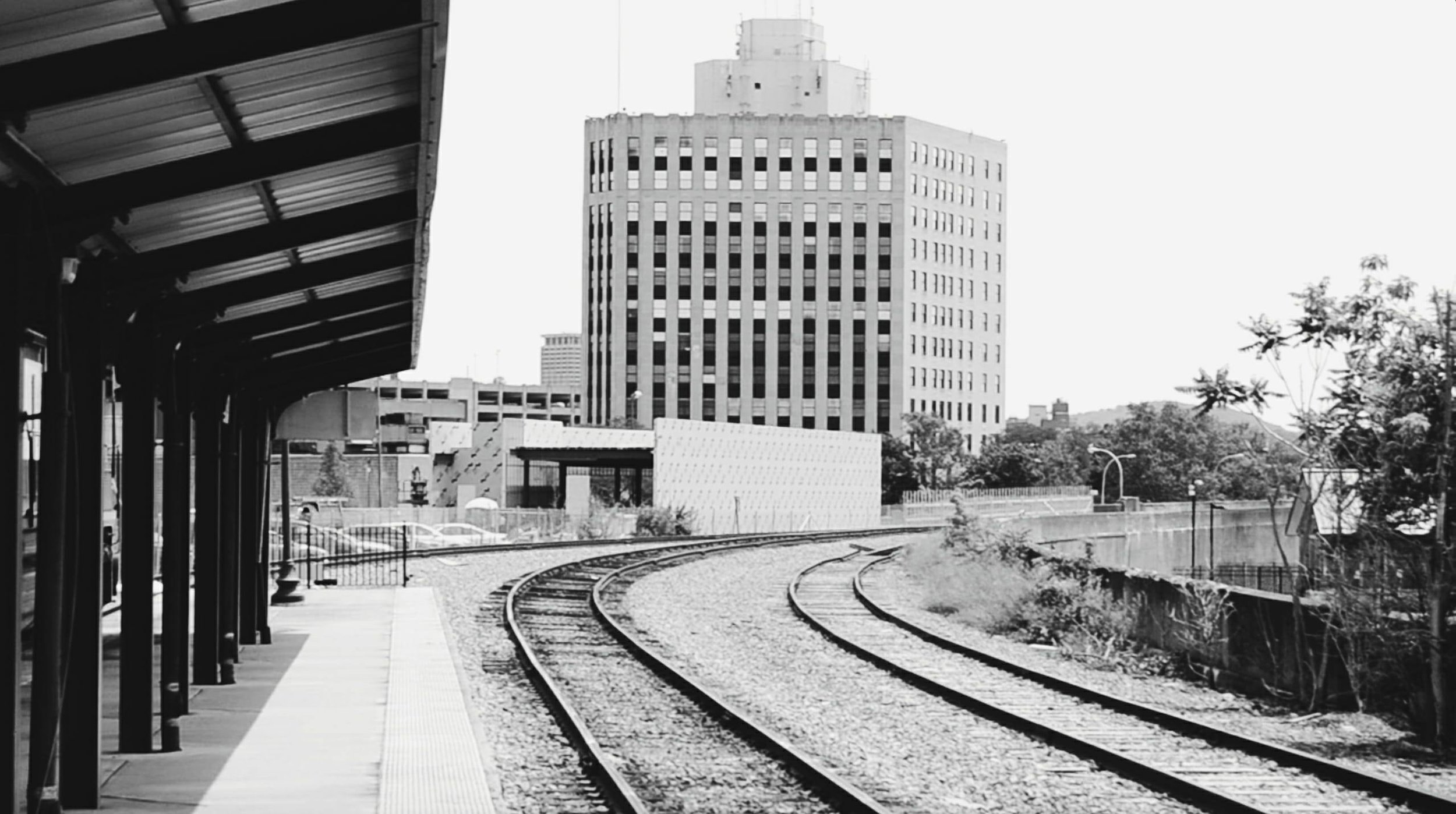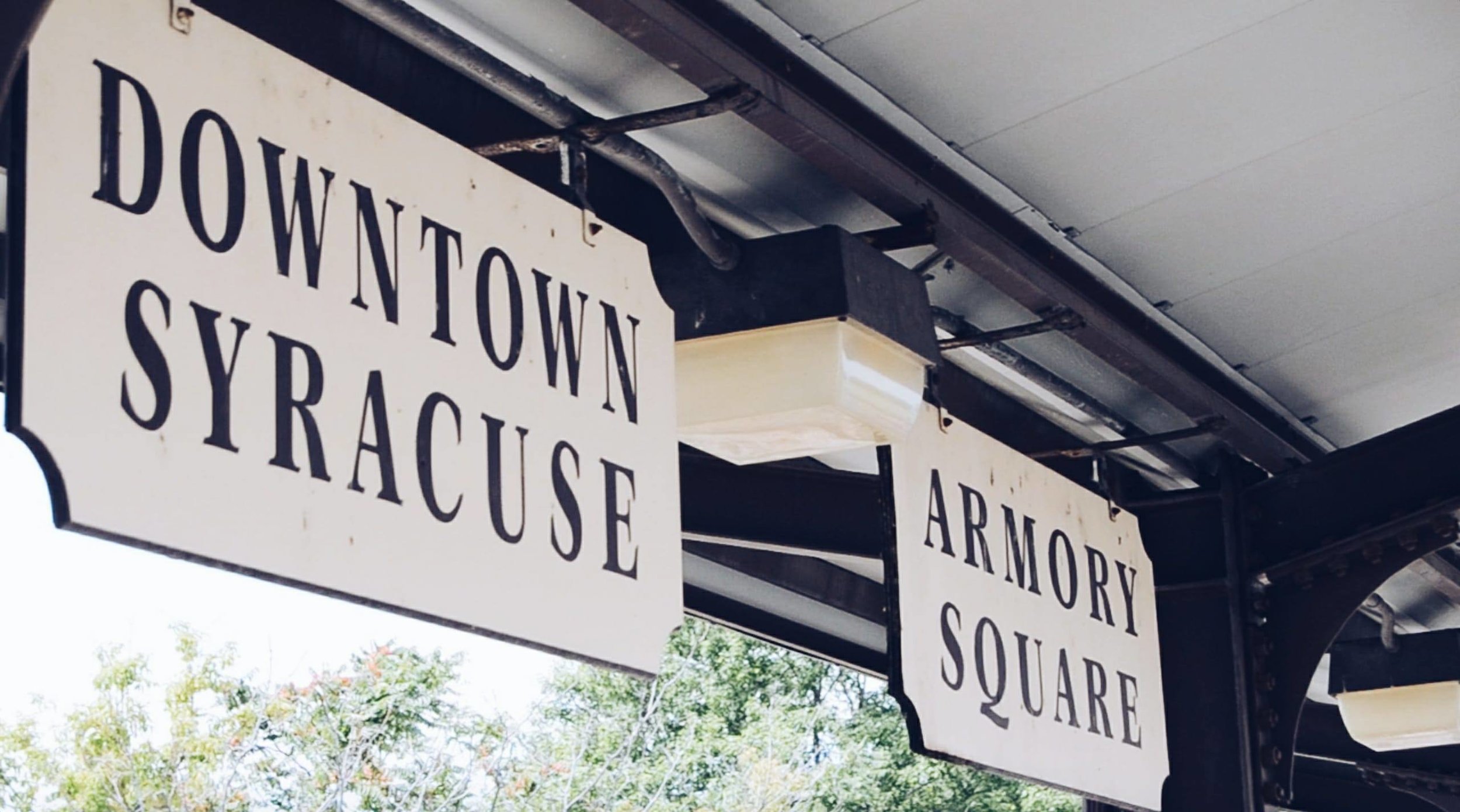Personal vehicles have effectively consumed our thoughts when it comes to transportation; how can we fit more vehicles on the road? How can we move those vehicles as fast as possible from one place to the other? Where can we put these vehicles when their owners are not using them? This is how our society has structured our planning and development for over 60 years. It is also why the conversations in Syracuse, NY about what to do with I-81 are too narrow. They revolve solely around the impact on personal vehicles without seeing the broader opportunity of the moment.
As I-81 has reached the end of its useful life, the New York State DOT is considering whether to rebuild the viaduct that cuts through the heart of Syracuse (at a cost of $1.7 billion) or reconfigure the city's grid of streets to handle increased traffic (around $1.3 billion). While the community grid option allows for neighborhoods to reconnect and develop together creating economic opportunities, it is still putting preference towards those who can afford a personal vehicle.
This narrow view of transportation not only reflects our economic bias towards those who can afford car ownership, but this view has in fact hurt the economy as a whole. As development expands outward instead of inward, municipalities must spend more and more money on maintaining roads and other basic infrastructure. This maintenance drains tax money that could be used in other, more productive ways, such as investing in innovative technology centers and research. This also requires workers to spend more money on maintaining their vehicles and purchasing gas, instead of patronizing local shops, or even investing in their own small business. The Oregon Transportation Research and Education Consortium performed a study that showed people who bike or walk as a means of transportation spend more over the course of a month at businesses than those who drive. This can come from many factors, but one is simply that by passing a small business on foot gives you time to see more, or smell the food from inside, attracting you in. This is vital for small businesses to thrive.
Beyond the economic issues involved in development centered around personal vehicles is the environmental and health impacts. According to a 2009 report by the Duke University Center on Globalization, Governance and Competitiveness, personal vehicles emitted .89 pounds of CO2 per passenger mile, compared to .87 pounds for a mostly empty bus. When that bus nears full capacity that drops down to .24 pounds per passenger mile, and even further down to .14 pounds in a full bus. You can also look at the health issues associated with private vehicle ownership. Beyond the pollution entering the air due to exhaust, commuting in your vehicle is also associated with higher stress levels, higher weight and blood pressure, and lower fitness levels due to inactivity during commutes and traffic. These are all strong predictors of heart disease, diabetes and some types of cancers. Meanwhile, taking public transit sees an increase in physical activity among users, helping lower these same risks.
With a budget $400 million less than rebuilding the viaduct, there is an opportunity to truly rework our transportation network. If we invest a large portion of what would've been spent on the viaduct on developing bus rapid transit (BRT) for CENTRO and revitalizing OnTrack, we can provide a level of service that will not only provide a much needed service for those without vehicles, but may also begin to attract those who would usually use personal vehicles.
The RTC-SU Corridor mimics the former path of OnTrack.
In order to make a transit system work you need buy-in from all classes of people and for it not to be seen as as a system for the have-nots. Reports have already been developed on where BRT would be most effective through the city of Syracuse, one line of which mimics the former path of OnTrack, a failed light rail system that has been defunct for over a decade. Instead of creating a BRT path, I recommend reinvesting in and expanding OnTrack north and south of the city for the simple reason that people have an attraction to rail systems that buses cannot compete with. Light rail has a perception of being more efficient and cleaner than buses, even if that efficiency isn't always the case. In order to attract new users to public transit, though, it may be valuable to play upon this perception.
We must also learn from the mistakes that OnTrack made right from the start. With its limited service and infrequent run times, the network never had a viable chance at being a commuting option. It is important to ensure that the trains run at a high frequency (every 10-15 minutes) during rush hour periods, from 6:30am-9:30am and 3pm-6pm, as well as late night hours on the weekends. Investment in permanent stations in northern and southern neighborhoods, as well as extensions further north to the Syracuse airport, are imperative to creating a system that will attract riders. The original track did not emphasize neighborhood use and instead only connected limited destinations, which further restricted use as a commuter train.
For this proposal to have the most success the investments must be made before any work on I-81 begins. By having the infrastructure in place, with having park and ride spots identified for commuters and increased service ready to go before the highway comes down, we have a chance to attract commuters with a promise of easing the transition. If we can change the travel habits of commuters, there will be a chance to identify economic corridors where investments can be most fruitful. Businesses will respond to the financial commitment along these lines and will be able to see the benefits of foot traffic, not just vehicles passing by. This is a once in a generation chance to reshape not only our transportation network, but also allow for a more inclusive economic development for the region.
Economic Impact of Non-Driving Commutes: https://www.citylab.com/transportation/2012/12/cyclists-and-pedestrians-can-end-spending-more-each-month-drivers/4066/
Environmental Differences Between Buses and Private Vehicles: https://www.citylab.com/transportation/2012/11/can-we-please-stop-pretending-cars-are-greener-transit/3960/
Health Issues Related to Driving: http://www.gmanetwork.com/news/lifestyle/healthandwellness/536203/stress-pollution-fatigue-how-traffic-jams-affect-your-health/story/






